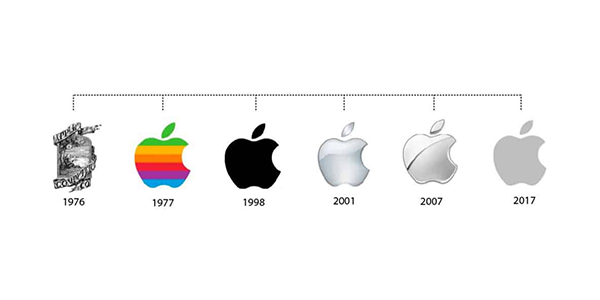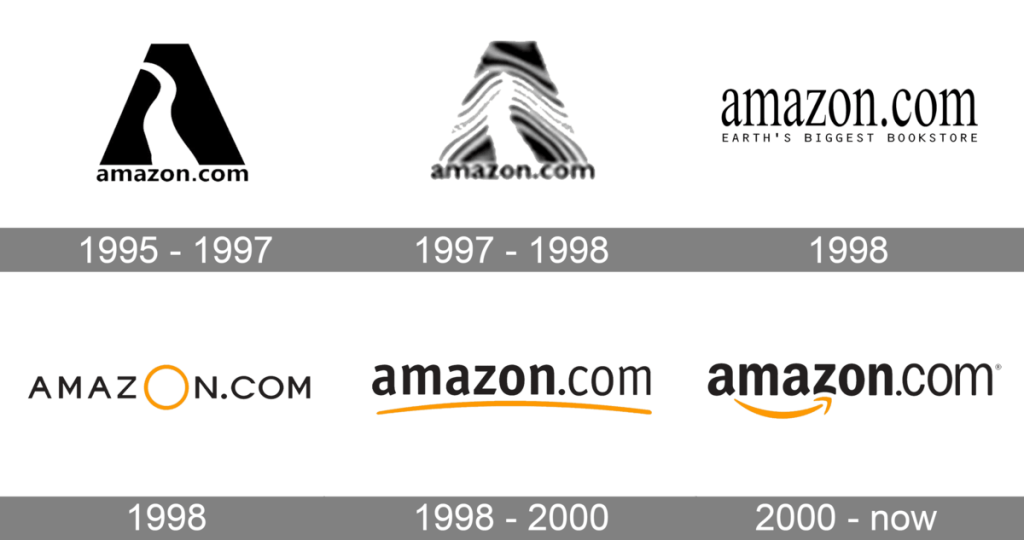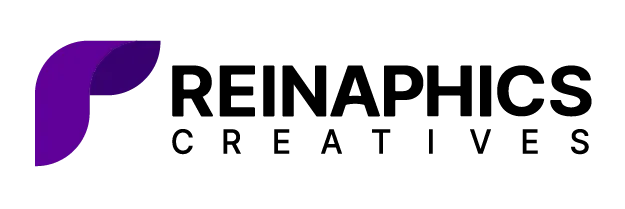Visual identity is the silent storyteller of a brand, communicating volumes without uttering a single word. Not all visual updates are created equal—there’s a distinction between a nuanced logo refresh and a complete rebranding that can impact a company’s market perception and brand recognition.
A logo refresh represents a subtle evolution, maintaining core strategic elements while modernizing specific design aspects. It’s akin to updating a classic piece of clothing with contemporary tailoring—the essence remains, but the presentation feels current.
In contrast, a complete rebrand is a more radical transformation. It is often signaling fundamental changes in a company’s strategic direction, market positioning, or core identity.
Read on to find out more!
Inside this article,
Signs your visual identity may need updating
The need for a brand identity update rarely emerges overnight. It’s typically the result of gradual market shifts, technological changes, and evolving brand positioning. Some telltale signs include outdated design elements that no longer resonate with target audiences, visual identities that fail to translate across digital platforms, or logos that no longer accurately represent the company’s current mission and capabilities.
A good brand audit goes far beyond aesthetic considerations. It’s a meticulous process of understanding how your visual identity performs across multiple dimensions. This involves deep market perception testing, competitive analysis, and a forensic examination of your current logo’s strengths and limitations.
Modern brand audits leverage sophisticated methodologies that combine quantitative research with qualitative insights. This might include customer surveys, focus group studies, digital performance metrics, and comparative analyses with competitors’ visual identities.
Also read: Brand transformation begins internally: How rebranding should be done to be effective?
Business triggers for logo redesign
Organizational change represents a profound moment of visual brand storytelling. A logo is more than a graphic—it’s a strategic communication tool that must evolve alongside a company’s strategic trajectory. Understanding the nuanced triggers for logo redesign requires a deep dive into the complex landscape of business transformation.
Mergers and acquisitions: Visual narrative of organizational fusion
When organizations merge, their visual identities must tell a compelling story of integration. Consider the landmark merger between Hewlett-Packard and Compaq in 2002. The resulting logo wasn’t just a combination of existing designs, but a completely new visual language that signaled a unified strategic vision.
Similarly, when Disney acquired Pixar in 2006, the visual identities were carefully managed to preserve the unique brand equity of both organizations while creating a sense of cohesive partnership.

Strategic pivots and market repositioning
Companies operating in evolving industries often face critical moments where their visual identity must reflect fundamental shifts in business strategy. Tech companies are particularly prone to such transformations.
Consider how Apple’s logo evolved from a complex, multi-colored illustration to a minimalist, monochromatic design that reflected the company’s shift towards simplicity, innovation, and design-driven technology.

Expansion into new markets and product categories
Visual identity becomes particularly crucial when organizations expand beyond their original market boundaries.
Amazon’s logo redesign illustrates this principle. From a simple book-focused design to a more versatile logo that suggests global reach and diverse offerings, their visual identity has consistently reflected their expanding ecosystem of services.

What are some tech considerations for modern logos?
Contemporary logo design demands far more than static visual appeal. In a digital-first world, logos must be responsive, adaptable, and functional across multiple platforms and devices. This means creating designs that work seamlessly from massive billboards to tiny mobile app icons.
Animation has emerged as a critical consideration in modern logo design. The ability to create dynamic, engaging logo animations can significantly enhance digital brand experiences. Moreover, accessibility has become a crucial factor, ensuring that logo designs are inclusive and comprehensible across diverse user experiences.
Also read: Logo design trends vs. timelessness
Evolution vs. revolution: Choosing your approach
The decision between incremental change and complete redesign is nuanced and strategic.
Heritage brands must carefully preserve existing brand equity, while younger companies might have more flexibility for radical transformations.
Globalization demands logos that can transcend linguistic and cultural boundaries.
Organizations expanding into international markets must consider how their visual identity translates across different cultural contexts. A logo that works brilliantly in one market might carry unintended meanings or face challenges in another. Hence, effective logo designer briefings go beyond aesthetic instructions.
They communicate the brand’s strategic vision, cultural context, and the subtle emotional language the logo must convey.
Brands like Microsoft have undergone multiple logo iterations that reflect the changing world. Their most recent logo designs prioritize simplicity, adaptability, and digital-first considerations that were inconceivable in earlier eras of design.
How to manage the transition
Logo transitions are delicate orchestrations of visual communication, brand perception, and strategic messaging.
The process demands a meticulously planned approach that balances internal alignment with external communication.
Phased implementation is critical to managing transition costs and maintaining brand recognition.
Larger organizations might adopt a gradual approach, allowing the new logo to coexist with the existing one for a defined period.
Smaller businesses might opt for a more immediate switchover, depending on their resources and market positioning.
Budget considerations vary dramatically across business sizes.
Enterprise-level organizations might invest hundreds of thousands of dollars in a comprehensive logo transition, encompassing digital assets, physical signage, marketing materials, and comprehensive brand guidelines. Smaller businesses must be more strategic, prioritizing critical touchpoints and implementing changes incrementally.
Case study: From Conventional to Progressive – A chit company’s brand identity transformation
Conclusion
Logo redesign is neither about chasing trends nor clinging to historical designs. It’s a strategic dialogue between a brand’s rich heritage and its future potential. The most successful visual identities manage to feel both timeless and contemporary—a balance that requires deep understanding of design, technology, and brand psychology.
Regular branding audits are recommended every 5-7 years, or during significant business transformations. However, the most crucial metric is not the frequency of changes, but their strategic alignment with the brand’s evolving narrative.




